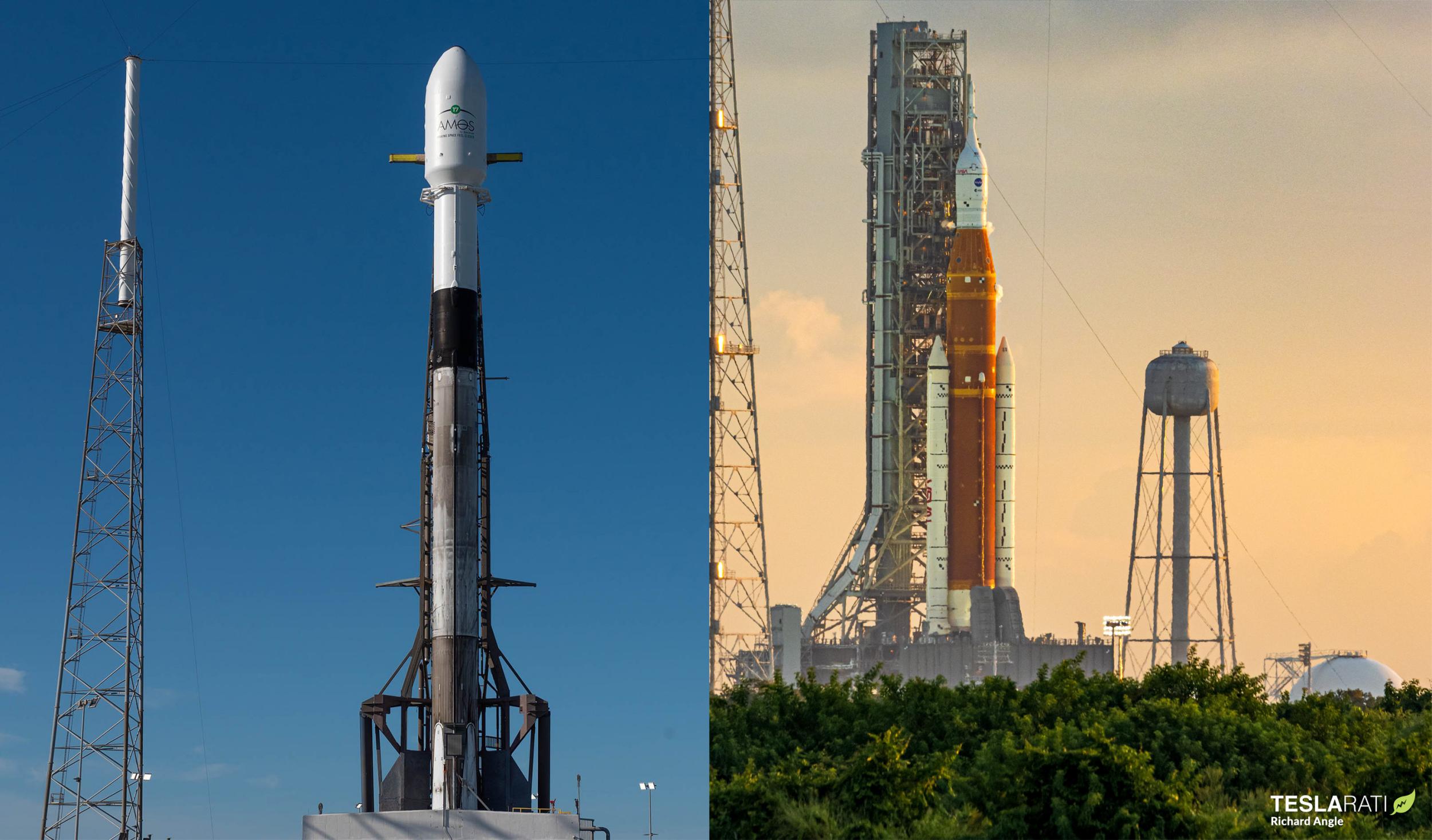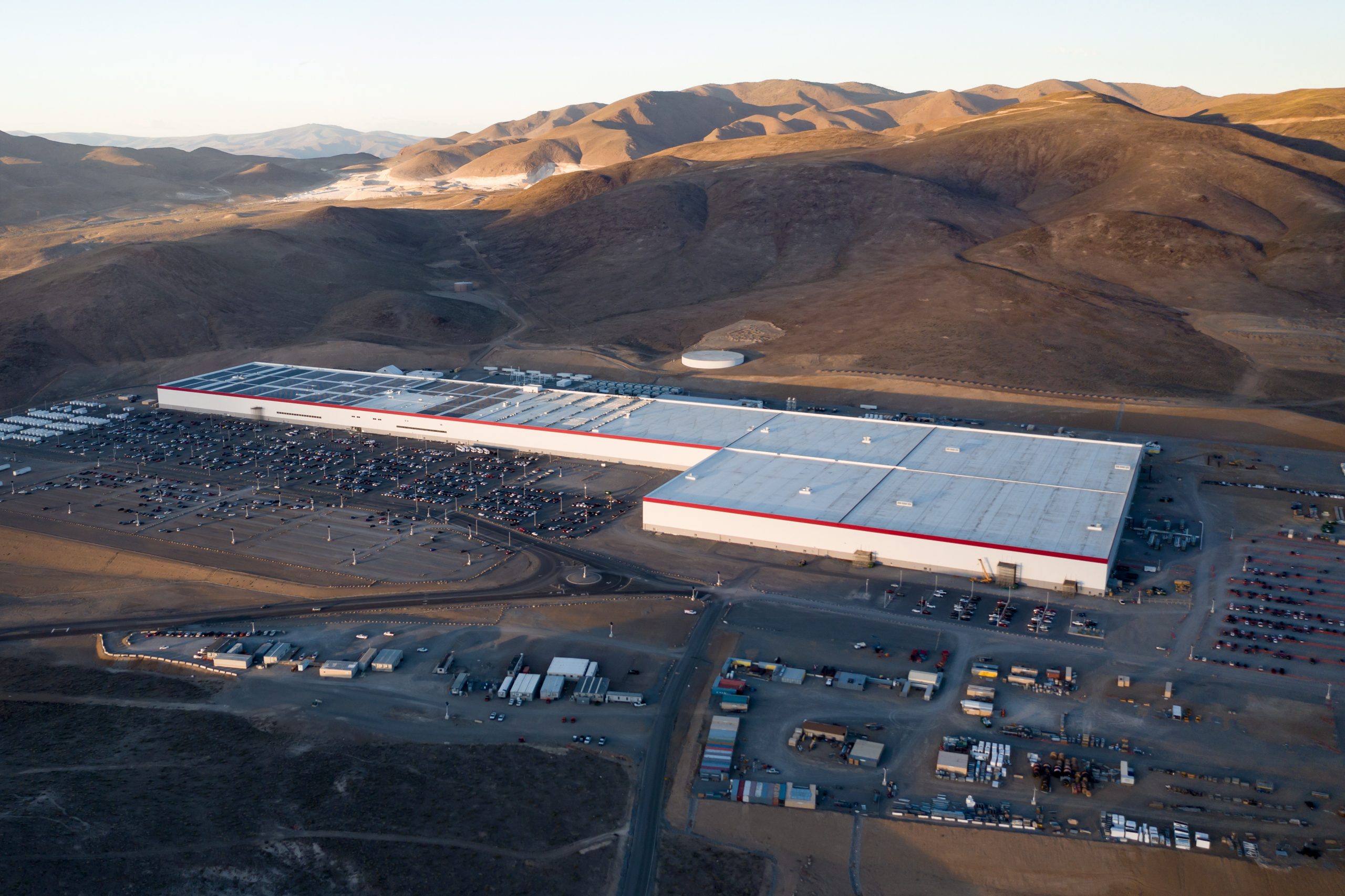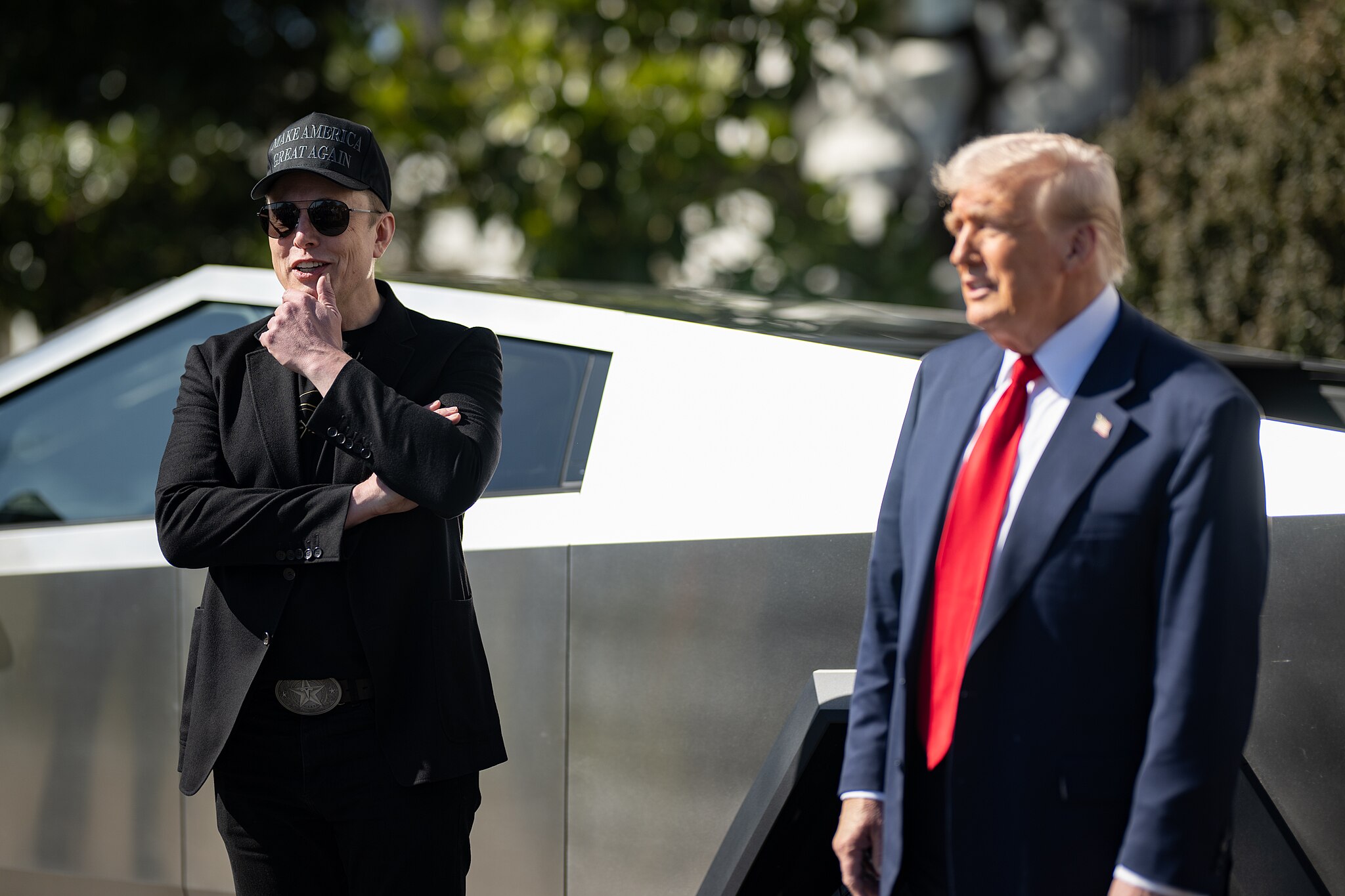

News
SpaceX, NASA batten down the hatches as another storm approaches Florida
SpaceX, NASA, and the rest of the Kennedy Space Center (KSC) and Cape Canaveral Space Force Station (CCSFS) are doing what they can to prepare for Tropical Storm Nicole’s imminent arrival.
The somewhat unexpected storm grew quickly in recent days and has become a system that could at least partially threaten the Space Coast and its tenants. After the likelihood of favorable weather conditions dropped to just 20% on November 7th, SpaceX announced later the same day that it would delay its next Falcon 9 launch from November 8th to no earlier than (NET) November 12th. Increasingly tight scheduling of one of SpaceX’s two Florida pads will likely trigger delays for at least two or three more November launches, magnifying the storm’s immediate impact.
In comparison, the situation facing NASA could become more serious. On November 4th, for the fourth time since April 2022, NASA rolled its first Space Launch System (SLS) rocket to KSC’s LC-39B pad for a third launch attempt. Due to a combination of the storm’s quick growth and the nature of the SLS rocket, the design of which was dictated more by political expediency than rational engineering, the agency was reluctant to roll the rocket back to shelter. By the time it was clear that Nicole would impact Cape Canaveral, it was too late for NASA to complete the multi-day rollback process.
In late September, Hurricane Ian created a similar situation. The threat of the tail-end of the storm bringing winds higher than the SLS rocket is rated to survive forced NASA to abandon a third launch attempt and instead roll SLS back to the Vehicle Assembly Building (VAB), which is rated to survive even a Category 5 hurricane. According to NASA, SLS is designed to withstand wind gusts as high as 137 km/h (85 mph). Even then, some senior officials were brazenly reluctant to stand down. Every round trip to and from the VAB guarantees weeks of delays before the next possible launch attempt. Additionally, while NASA has refused to offer more context, each crawler ride seemingly takes a toll on the SLS rocket, meaning that the vehicle can only handle a limited number of rollbacks before unspecified issues begin to arise.
As a result, even though high winds could apparently damage the first SLS rocket and orbit-capable Orion spacecraft, which represent 10-15 years of work and would cost a minimum of $4.1 billion to replace, NASA was nearly willing to play chicken with a hurricane. Ultimately, someone in the agency saw reason and took the threat seriously enough to return the rocket to the safety of the VAB. But just six weeks later, with no evidence that NASA seriously considered a rollback before it was too late, SLS is stuck at Pad 39B while an increasingly threatening tropical storm – verging on a Category 1 hurricane – approaches the Space Coast.
Because the rollback process (which takes about a day) requires days of preparation, NASA would have had to decide to return SLS to the VAB days in advance. Instead, even though NASA was already aware that a storm system was developing, the agency decided to roll the rocket out of the VAB to LC-39B late on November 3rd. Had NASA merely delayed rollout by a few days to allow forecasts of the storm system to become more confident, it’s unlikely that it would have moved forward with its rollout plans as the storm’s predicted impact worsened.
When Hurricane Ian threatened KSC, NASA decided to roll SLS back to the VAB after the odds of sustained hurricane-force winds grew to 6%. That makes NASA’s decision to roll SLS to the pad when it had a forecast showing a 4% chance of similar winds even stranger.
SLS will be forced to weather the storm while sitting unprotected at the launch pad. As of November 7th, NOAA models predicted a 7% chance of hurricane-force winds at Kennedy Space Center. The odds increased to 15% 12 hours later – briefly equivalent to Russian roulette. The latest forecast has dropped to a 10% chance of sustained wind speeds of 120 km/h (75 mph) or higher. It’s unclear what the SLS rocket’s tolerance for sustained winds is, but it’s likely lower than its tolerance for gusts of up to 85 mph.
With any luck, Nicole will fall on the right side of NASA’s gamble. In the meantime, to “provide sufficient logistical time to get back into launch status following the storm,” NASA has delayed its third SLS launch attempt from November 14th to November 16th. The bulk of Nicole’s impact will begin to be felt at KSC as early as November 9th and should last for several days.
Elon Musk
Tesla reveals it is using AI to make factories more sustainable: here’s how
Tesla is using AI in its Gigafactory Nevada factory to improve HVAC efficiency.

Tesla has revealed in its Extended Impact Report for 2024 that it is using Artificial Intelligence (AI) to enable its factories to be more sustainable. One example it used was its achievement of managing “the majority of the HVAC infrastructure at Gigafactory Nevada is now AI-controlled” last year.
In a commitment to becoming more efficient and making its production as eco-friendly as possible, Tesla has been working for years to find solutions to reduce energy consumption in its factories.
For example, in 2023, Tesla implemented optimization controls in the plastics and paint shops located at Gigafactory Texas, which increased the efficiency of natural gas consumption. Tesla plans to phase out natural gas use across its factories eventually, but for now, it prioritizes work to reduce emissions from that energy source specifically.
It also uses Hygrometric Control Logic for Air Handling Units at Giafactory Berlin, resulting in 17,000 MWh in energy savings each year. At Gigafactory Nevada, Tesla saves 9.5 GWh of energy through the use of N-Methylpyrrolidone refineries when extracting critical raw material.
Perhaps the most interesting way Tesla is conserving energy is through the use of AI at Gigafactory Nevada, as it describes its use of AI to reduce energy demand:
“In 2023, AI Control for HVAC was expanded from Nevada and Texas to now include our Berlin-Brandenburg and Fremont factories. AI Control policy enables HVAC systems within each factory to work together to process sensor data, model factory dynamics, and apply control actions that safely minimize the energy required to support production. In 2024, this system achieved two milestones: the majority of HVAC infrastructure at Gigafactory Nevada is now AI-controlled, reducing fan and thermal energy demand; and the AI algorithm was extended to manage entire chiller plants, creating a closed-loop control system that optimizes both chilled water consumption and the energy required for its generation, all while maintaining factory conditions.”
Tesla utilizes AI Control “primarily on systems that heat or cool critical factory production spaces and equipment.” AI Control communicates with the preexisting standard control logic of each system, and any issues can be resolved by quickly reverting back to standard control. There were none in 2024.
Tesla says that it is utilizing AI to drive impact at its factories, and it has proven to be a valuable tool in reducing energy consumption at one of its facilities.
Elon Musk
Tesla analysts believe Musk and Trump feud will pass
Tesla CEO Elon Musk and U.S. President Donald Trump’s feud shall pass, several bulls say.

Tesla analysts are breaking down the current feud between CEO Elon Musk and U.S. President Donald Trump, as the two continue to disagree on the “Big Beautiful Bill” and its impact on the country’s national debt.
Musk, who headed the Department of Government Efficiency (DOGE) under the Trump Administration, left his post in May. Soon thereafter, he and President Trump entered a very public and verbal disagreement, where things turned sour. They reconciled to an extent, and things seemed to be in the past.
However, the second disagreement between the two started on Monday, as Musk continued to push back on the “Big Beautiful Bill” that the Trump administration is attempting to sign into law. It would, by Musk’s estimation, increase spending and reverse the work DOGE did to trim the deficit.
Every member of Congress who campaigned on reducing government spending and then immediately voted for the biggest debt increase in history should hang their head in shame!
And they will lose their primary next year if it is the last thing I do on this Earth.
— Elon Musk (@elonmusk) June 30, 2025
President Trump has hinted that DOGE could be “the monster” that “eats Elon,” threatening to end the subsidies that SpaceX and Tesla receive. Musk has not been opposed to ending government subsidies for companies, including his own, as long as they are all abolished.
How Tesla could benefit from the ‘Big Beautiful Bill’ that axes EV subsidies
Despite this contentious back-and-forth between the two, analysts are sharing their opinions now, and a few of the more bullish Tesla observers are convinced that this feud will pass, Trump and Musk will resolve their differences as they have before, and things will return to normal.
ARK Invest’s Cathie Wood said this morning that the feud between Musk and Trump is another example of “this too shall pass:”
BREAKING: CATHIE WOOD SAYS — ELON AND TRUMP FEUD “WILL PASS” 👀 $TSLA
She remains bullish ! pic.twitter.com/w5rW2gfCkx
— TheSonOfWalkley (@TheSonOfWalkley) July 1, 2025
Additionally, Wedbush’s Dan Ives, in a note to investors this morning, said that the situation “will settle:”
“We believe this situation will settle and at the end of the day Musk needs Trump and Trump needs Musk given the AI Arms Race going on between the US and China. The jabs between Musk and Trump will continue as the Budget rolls through Congress but Tesla investors want Musk to focus on driving Tesla and stop this political angle…which has turned into a life of its own in a roller coaster ride since the November elections.”
Tesla shares are down about 5 percent at 3:10 p.m. on the East Coast.
Elon Musk
Tesla scrambles after Musk sidekick exit, CEO takes over sales
Tesla CEO Elon Musk is reportedly overseeing sales in North America and Europe, Bloomberg reports.

Tesla scrambled its executives around following the exit of CEO Elon Musk’s sidekick last week, Omead Afshar. Afshar was relieved of his duties as Head of Sales for both North America and Europe.
Bloomberg is reporting that Musk is now overseeing both regions for sales, according to sources familiar with the matter. Afshar left the company last week, likely due to slow sales in both markets, ending a seven-year term with the electric automaker.
Tesla’s Omead Afshar, known as Elon Musk’s right-hand man, leaves company: reports
Afshar was promoted to the role late last year as Musk was becoming more involved in the road to the White House with President Donald Trump.
Afshar, whose LinkedIn account stated he was working within the “Office of the CEO,” was known as Musk’s right-hand man for years.
Additionally, Tom Zhu, currently the Senior Vice President of Automotive at Tesla, will oversee sales in Asia, according to the report.
It is a scramble by Tesla to get the company’s proven executives over the pain points the automaker has found halfway through the year. Sales are looking to be close to the 1.8 million vehicles the company delivered in both of the past two years.
Tesla is pivoting to pay more attention to the struggling automotive sales that it has felt over the past six months. Although it is still performing well and is the best-selling EV maker by a long way, it is struggling to find growth despite redesigning its vehicles and launching new tech and improvements within them.
The company is also looking to focus more on its deployment of autonomous tech, especially as it recently launched its Robotaxi platform in Austin just over a week ago.
However, while this is the long-term catalyst for Tesla, sales still need some work, and it appears the company’s strategy is to put its biggest guns on its biggest problems.
-

 Elon Musk1 day ago
Elon Musk1 day agoTesla investors will be shocked by Jim Cramer’s latest assessment
-

 News6 days ago
News6 days agoTesla Robotaxi’s biggest challenge seems to be this one thing
-

 News2 weeks ago
News2 weeks agoTesla’s Grok integration will be more realistic with this cool feature
-

 Elon Musk2 weeks ago
Elon Musk2 weeks agoElon Musk slams Bloomberg’s shocking xAI cash burn claims
-

 News2 weeks ago
News2 weeks agoTesla China roars back with highest vehicle registrations this Q2 so far
-

 News2 weeks ago
News2 weeks agoTexas lawmakers urge Tesla to delay Austin robotaxi launch to September
-

 News2 weeks ago
News2 weeks agoTesla dominates Cars.com’s Made in America Index with clean sweep
-

 Elon Musk1 week ago
Elon Musk1 week agoFirst Look at Tesla’s Robotaxi App: features, design, and more




















